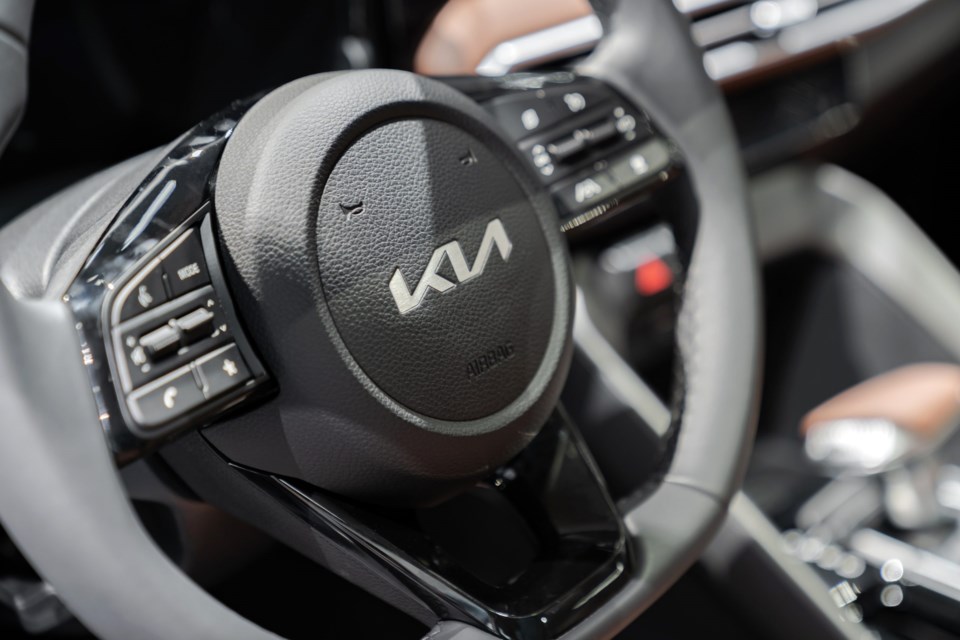Car thefts are on the rise, according to reports from police departments and insurance agents nationwide. In Plano, a TikTok challenge is also adding to the problem.
The Plano Police Department reported a significant 15% increase in motor vehicle thefts compared to the same period last year, according to WFAA. They attribute part of this surge to the actions of a 14-year-old suspect involved in car thefts.
Earlier this month, the 14-year-old, along with an alleged accomplice, was apprehended and is now believed to be connected to as many as 38 incidents of vehicle theft or attempted theft. The majority of these incidents involve KIA and Hyundai vehicles.
According to Vox, from the 2011 model year onwards, Hyundai Motors made a decision to exclude an anti-theft feature known as an immobilizer from specific makes and models, including Kias and Hyundais. This omission made it remarkably easy for thieves to steal these vehicles. These immobilizer-free Kias and Hyundais can be stolen within seconds using only a screwdriver and a charging cord.
Throughout 2022, there was a significant surge in Kia and Hyundai thefts across the country, coinciding with the dissemination of videos demonstrating methods of stealing these vehicles. In addition, a troubling trend known as the "Kia Challenge" gained traction, encouraging individuals to steal cars and share their exploits on popular platforms such as TikTok and Instagram.
Hyundai and Kia are working to address the issue by implementing software upgrades and distributing steering wheel locks as a countermeasure. But, the widespread impact of the Kia Challenge has caused significant financial and physical harm. In certain regions, the number of stolen Kia and Hyundai vehicles surged by triple and even quadruple digits. Reckless driving of these stolen cars has resulted in numerous injuries and fatalities, and they have also been exploited for the commission of other crimes.
To address the consequences of these incidents, Hyundai reached an agreement to pay up to $200 million to settle one class action lawsuit. However, they still face legal action from insurers and cities, with the potential for additional lawsuits in the future.




